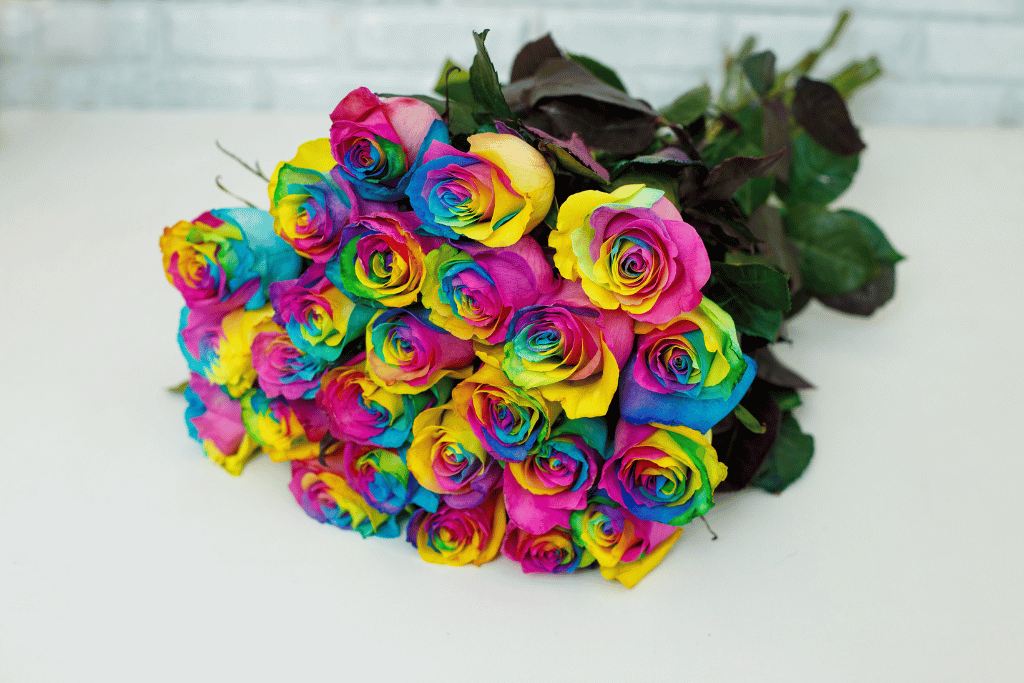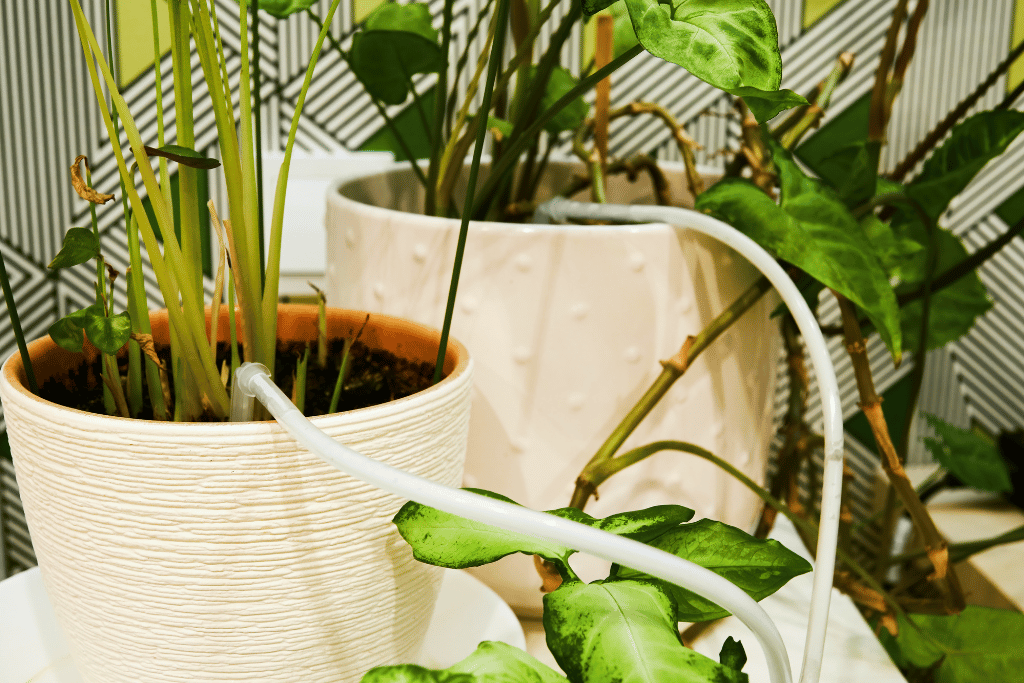
The second I got a ‘real’ job with my very own office, I knew exactly what plant I was going to buy. Snake Plant (Sansevieria) is the perfect low-maintenance office plant as it doesn’t need much watering (I usually water mine once every 3-4 weeks!), is okay in low-light settings, doesn’t shed tiny leaves or drop flowers that need to be swept up, and looks great in any aesthetic.
Since I already knew what plant I would get to decorate my office, I only needed to choose a suitable pot! Finding the right pot for any plant can be tricky as if you place it in a pot too big or too small it can cause unnecessary stress to your plant. Goldilocks knew what she was talking about!

Best Pot For Snake Plant
The best pot for your snake plant will achieve all of the following:
- Is an appropriate size for your plant,
- Has proper drainage holes,
- Makes it easy for you to give proper care to your plant and check on health, and,
- Goes well with your decor!
This might seem easier said than done, and the chances of having the perfect pot on hand when it comes time to repot your plant are pretty slim. Luckily, with a little planning and knowledge of the requirements for your plant, you are sure to succeed!

Snake Plant Pot Size
Since each plant is unique and will grow differently, there is no hard and fast rule about pot sizes. In general, a 6” pot is good for a smaller-sized plant. After a year or two, if your snake plant has grown, you can transfer into an 8-10” and then eventually a 12-14” pot, being sure not to increase the pot size more than a couple inches each time. If you are growing your snake plant from a cutting, you might start in a 2-4” pot and leave it there for a few years as roots establish and leaves begin to grow.
Since repotting your plant prior to the growing season can be a pain (the mess, soil everywhere!) it can be tempting to put your snake plant into a larger pot and let it grow there for multiple years. This will actually be more likely to harm your plant, and all that wet soil surrounding not many roots has the potential to cause root rot.

Pot Drainage
Like pretty much all house plants, the snake plant will be happiest in a pot with ample drainage holes in the bottom. These holes allow excess water to drain from the soil after watering, preventing issues like root rot or other signs of overwatering.
Contrary to popular belief, adding rocks to the bottom of a planter does not improve drainage and can actually harm your plant! The reason why is a matter of physics. The finer, more tightly packed upper soil (placed above the rocks) will hold onto water longer and become fully saturated before it filters down into the gravel or rocks underneath. This can result in your plant being overwatered and even dying.

Planters For Snake Plants
Snake plants are wonderfully adaptive and can even grow outdoors in the right climates. Whether indoors or out, you have plenty of options to keep your snake plant in. Personally, I think the dark green pairs well with a classic black-and-white pot color scheme, which won’t distract from the attractiveness of the plant.
For outdoors, concrete planters look wonderful as does a modern, wood planter box. To avoid putting your plant in something too large, consider keeping it in a smaller interior pot, propped up on a brick or something similar, inside a larger planter. This achieves the desired look without the need to fill a big planter with soil, making watering easier!
Final Tips
Finding the proper-sized pot for your snake plant is more of a feeling than an equation. If you aren’t choosing something obviously too small or ridiculously large, your plant will probably be okay. As always, pay attention to your plant after repotting, water regularly when the soil is dry, and provide fertilizer during the growing season for a happy and satisfied snake plant!

Frequently Asked Questions (FAQ)
How big of a pot does a snake plant need?
Your snake plant doesn’t need a huge pot, and will probably be happy in the pot you got it at the nursery in for a while after you bring it home. In general, a 6” pot is good a smaller plant. After a year or two, if your snake plant has grown, you can transfer into an 8-10” and then eventually a 12-14” pot.
What is the best pot for snake plants indoors?
The snake plant planter is likely one you already have! Snake plants aren’t picky and often prefer a smaller pot than you think. To complement the striking yellow and green patterned foliage, opt for a planter with a simple pattern or solid white for a clean, modern look.
Do snake plants like deep or shallow pots?
Snake plants tend to prefer shallow pots as this means less soil is present. Less empty soil (without roots growing in it) results in less water being retained after watering, potentially drowning roots or causing issues like root rot.
Is my snake plant too big for its pot?
There are some easy ways to tell if your snake plant is too big for it’s pot. If your plant is very tall and has trouble not tipping over, it is likely time to replant it into something larger and more stable. Another sign that your plant is too big is if little to no soil is visible on the surface. If you can’t see many places where a new leaf could grow up, it probably won’t! Finally, you can check the bottom of the pot to see how many roots are visible through drainage holes. If you can hardly see any soil and only see roots, your plant might benefit from a slightly larger pot.



